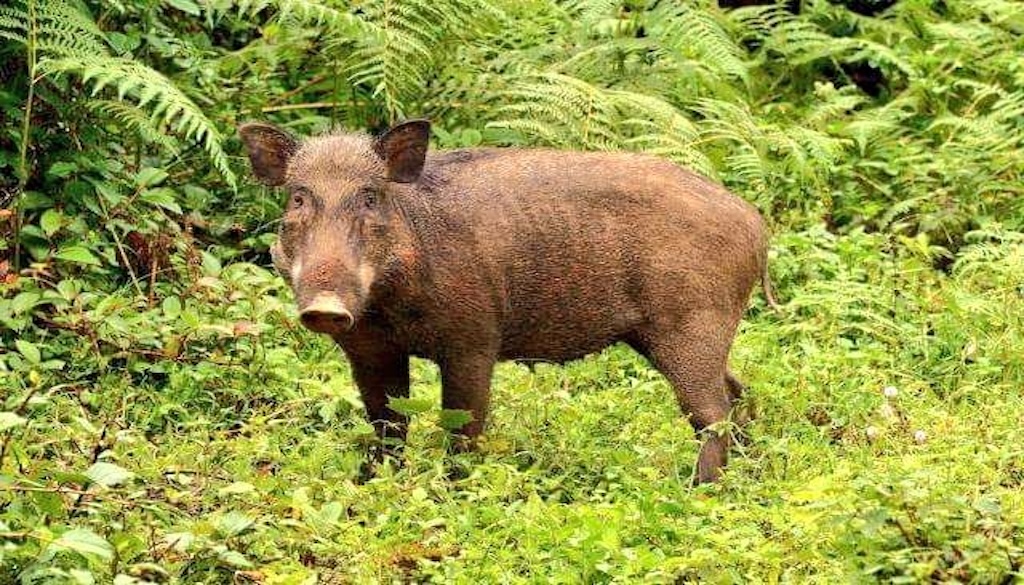Wild Boars Wreak Havoc on Bihar’s Farmlands, Farmers Struggle to Protect Crops

Patna: Wild boars have become a growing menace for farmers across Bihar, with their population surging and their destructive impact spreading to 30 districts. Once limited to scattered areas, the animals now pose a major threat to agriculture, leaving only eight districts untouched. However, with their numbers rising, farmers in these remaining districts fear an imminent invasion.
A recent survey estimated the wild boar population in Bihar at 75,000, but experts believe it has now crossed 80,000. The animals are causing widespread destruction, particularly targeting maize, potatoes, tomatoes, cauliflower, and other crops. Unlike before, when they primarily raided fields at night, wild boars are now active throughout the day, feeding on crops and even digging burrows to shelter in fields.
Beyond damaging crops, wild boars have also attacked farmers, leaving many injured. Their sharp teeth act as dangerous weapons, and those attempting to chase them away have suffered serious bites, with some requiring hospitalization. The aggressive behavior of these animals has raised concerns among both farmers and government officials.
According to the Agriculture Department sources, the worst-affected districts include Madhubani, Samastipur, Sitamarhi, Darbhanga, and Lakhisarai, where wild boars outnumber Nilgai (blue bulls). In some regions, such as Banka, wild boars have established a presence despite the absence of Nilgai. Experts warn that if their population continues to rise unchecked, they will soon spread across the entire state.
To address the crisis, the government has introduced measures to control the wild boar population. Farmers facing losses due to these animals can apply through their Gram Panchayat’s website for permission to eliminate them in non-forest areas.
The only districts currently unaffected by wild boars are Aurangabad, Jamui, Purnia, Munger, Saharsa, Madhepura, Kishanganj, and Katihar. However, with their rapid spread, it may only be a matter of time before these regions also face similar challenges.





